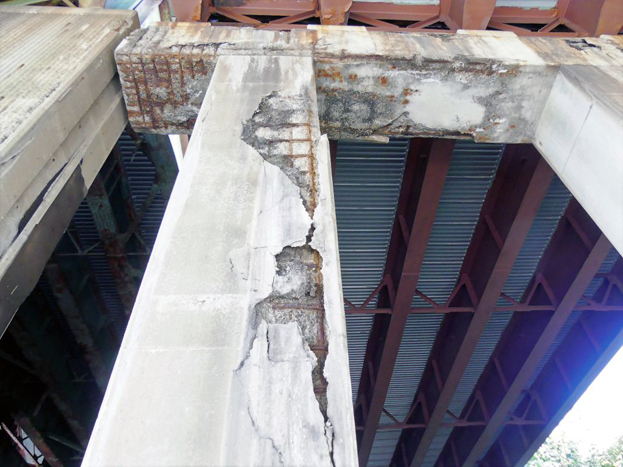
The Covid-19 lockdown that began in mid-March spurred a Work from Home revolution. As of mid-December, there is very sparse attendance in Westchester offices (on the order of 10 percent or less), and building amenities, including cafeterias and fitness centers are generally closed. Work from Home (WFH) continues to be the norm. The overwhelming majority of companies do not yet have plans to have significant numbers of employees physically back in their offices.
Businesses are generally functioning fairly well in the new environment, but they would certainly like to get their employees and managers back into their office space and into a more normal environment for collaboration, mentoring and management. I fully expect that there will be an ongoing WFH component for most companies going forward, whether it is for a day or two per week or the entire week.
“This year has seen an unprecedented change in the Westchester County commercial real estate market,” said Karolina Alexandre, research manager for Newmark.
“At the onset of the pandemic, real estate decisions took a backseat to business operations and revenue preservation and growth as health and safety remained crucial to corporate policies. Short-term lease renewals were the norm for those businesses that were unsure what the future would bring in terms of revenue and pandemic-related regulations. Businesses whose revenues were stable, and/or who could predict their future needs, were in the market and making deals at prices that reflected the economic impact of the pandemic. Interestingly, some of the impacts on our absorption and vacancy statistics had nothing to do with Covid at all.”
At the end of 2019, the consensus in the Westchester County commercial real estate community was that our market had turned a major corner. Overall office inventory was significantly reduced as a result of many years of repurposing and demolition of obsolete office buildings. Office space vacancy was down. Taking rents had begun to rise, and we all said that we were entering a landlord”™s market, after literally decades of being purely a tenant”™s market. But the numbers turned around very quickly.
While there were many stories in the press about New York City companies looking for satellite office space in suburban markets, my personal belief is that these companies were doing research and putting the results in a file. Many Westchester office tenants who had looming lease expirations chose the Band-Aid approach. They asked their landlords for a one- or two-year extension, which were generally granted at the tenant”™s present rental rates.
Companies were furloughing and laying off employees. Uncertainty is not good for real estate, as people are reluctant to make expensive, long-term decisions in periods of uncertainly. No one had any idea what the new regulations (i.e., social distancing within offices) would be once offices were reopened, and how they would affect the attendance and workflow once offices were reopened.
Even 10 months into the pandemic, there seems to be an extremely small number of tenants in the market for so-called “hub and spoke” spaces. This expression refers to NYC-based companies that are looking for short-term space to house some of their suburban employees who want or need to be in an office but are not willing to travel to New York on public transportation. These deals are typically done at pre-Covid market rates, in already built – out space (typically with just new paint and carpet rather than a full build-out) and are occupied very shortly after lease signing. Short-term or not, these are windfall deals for landlords, who bypass the expensive construction and free rent periods.
The last quarter is continuing 2020”™s generally slow leasing activity. Even deals in progress are taking long times to get done. For various reasons (most of them non-Covid), spaces are coming back to the market, so vacancy statistics will continue to rise in 2021. Newmark expects approximately 1 million square feet of negative absorption by year”™s end.
There is an undetermined number of tenants that are in default because of the effects of Covid. As there is currently a moratorium of commercial evictions in New York state, landlords are not yet permitted to speak to those tenants to ascertain whether or not they can get current with their rent or will end up defaulting and vacating their space. This process will take many months to sort out once the moratorium is lifted, so further vacancies will likely be added to the inventory in mid-late 2021.
As our office inventory has reduced to less than 27 million square feet over recent years, the effect of these additional vacancies will be magnified as a percentage of the inventory. It also looks like the year end total leasing velocity will be less than 700,000 square feet, as compared with 1.2 million square feet, 1.7 million square feet and 2.1 million square feet in the previous three years. These numbers are sobering, but not unexpected. Uncertainty is certain and it is yet to be seen how the county”™s commercial real estate market will look in 2021 and beyond. Stay tuned as the effects of the vaccine will become evident and we head into a post-Covid world.
Howard E. Greenberg is president of Howard Properties Ltd. He has represented tenants and landlords for 34 years in Westchester County, throughout the United States and in Europe. He can be reached at 914-997-0300 or howard@howprop.com.
















